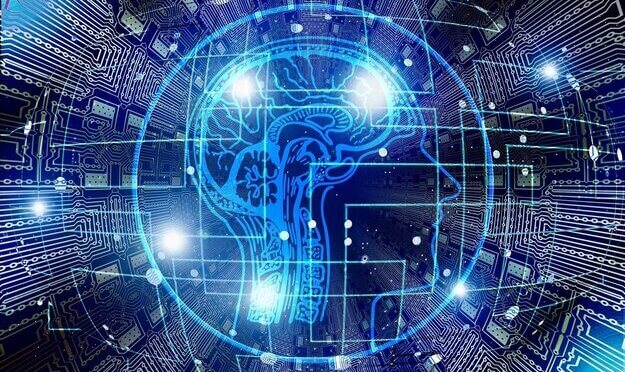The history of artificial intelligence (AI) dates back to ancient times, with myths and legends speaking of self-moving machines and automata.
However, the modern development of AI can be traced back to the mid-20th century, when computer scientists and researchers began exploring the possibility of creating machines that could think and reason like humans.
In this article, we will provide a timeline of the key milestones in the history of AI.
1943: Warren McCulloch and Walter Pitts publish “A Logical Calculus of Ideas Immanent in Nervous Activity,” a paper that outlines the first mathematical model of a neural network.
1949: Donald Hebb proposes the theory of Hebbian learning, which states that neural connections are strengthened when they are used, leading to the formation of memories and learning.
1950: Alan Turing publishes the paper “Computing Machinery and Intelligence,” which proposes the Turing Test as a measure of a machine’s ability to exhibit intelligent behavior equivalent to that of a human.
1956: The Dartmouth Conference is held, marking the birth of the field of artificial intelligence. Attendees include John McCarthy, Marvin Minsky, Nathaniel Rochester, and Claude Shannon.
1958: John McCarthy invents the Lisp programming language, which becomes a popular language for AI research and development.
1961: James Slagle creates the first expert system, a computer program that could solve algebra word problems.
1969: Marvin Minsky and Seymour Papert publish the book “Perceptrons,” which shows the limitations of neural networks and causes a decline in interest in AI research.
1974: Paul Werbos publishes the back propagation algorithm, which enables neural networks to learn more efficiently and leads to a resurgence of interest in AI research.
1981: The Japanese government launches the Fifth Generation Computer Systems project, with the goal of developing a computer that could reason and learn like a human.
1985: Terry Winograd develops SHRDLU, a natural language processing program that can understand and respond to simple commands in English.
1997: IBM’s Deep Blue defeats chess champion Garry Kasparov in a six-game match, marking the first time a computer has defeated a human world champion in a game of chess.
2002: The DARPA Grand Challenge is launched, offering a cash prize for the development of autonomous vehicles that can navigate a course in the Mojave Desert. No vehicle is able to complete the course.
2011: IBM’s Watson defeats human champions Brad Rutter and Ken Jennings on the game show Jeopardy!, demonstrating the ability of AI to understand natural language and perform complex tasks.
2015: Google’s AlphaGo defeats world champion Lee Sedol in the board game Go, marking a significant breakthrough in the field of AI and machine learning.
2016: Google’s DeepMind develops AlphaGo Zero, an AI system that learns to play Go from scratch without any human input.
2020: OpenAI’s GPT-3 is released, a language model that can generate text that is almost indistinguishable from that written by humans.
Conclusion
The history of artificial intelligence is a long and fascinating one, with numerous breakthroughs and setbacks along the way. From the early work of Warren McCulloch and Walter Pitts to the recent advances in machine learning and natural language processing, the field of AI has come a long way. As AI continues to advance, it has the potential to revolutionize many industries and change the way we live and work.
